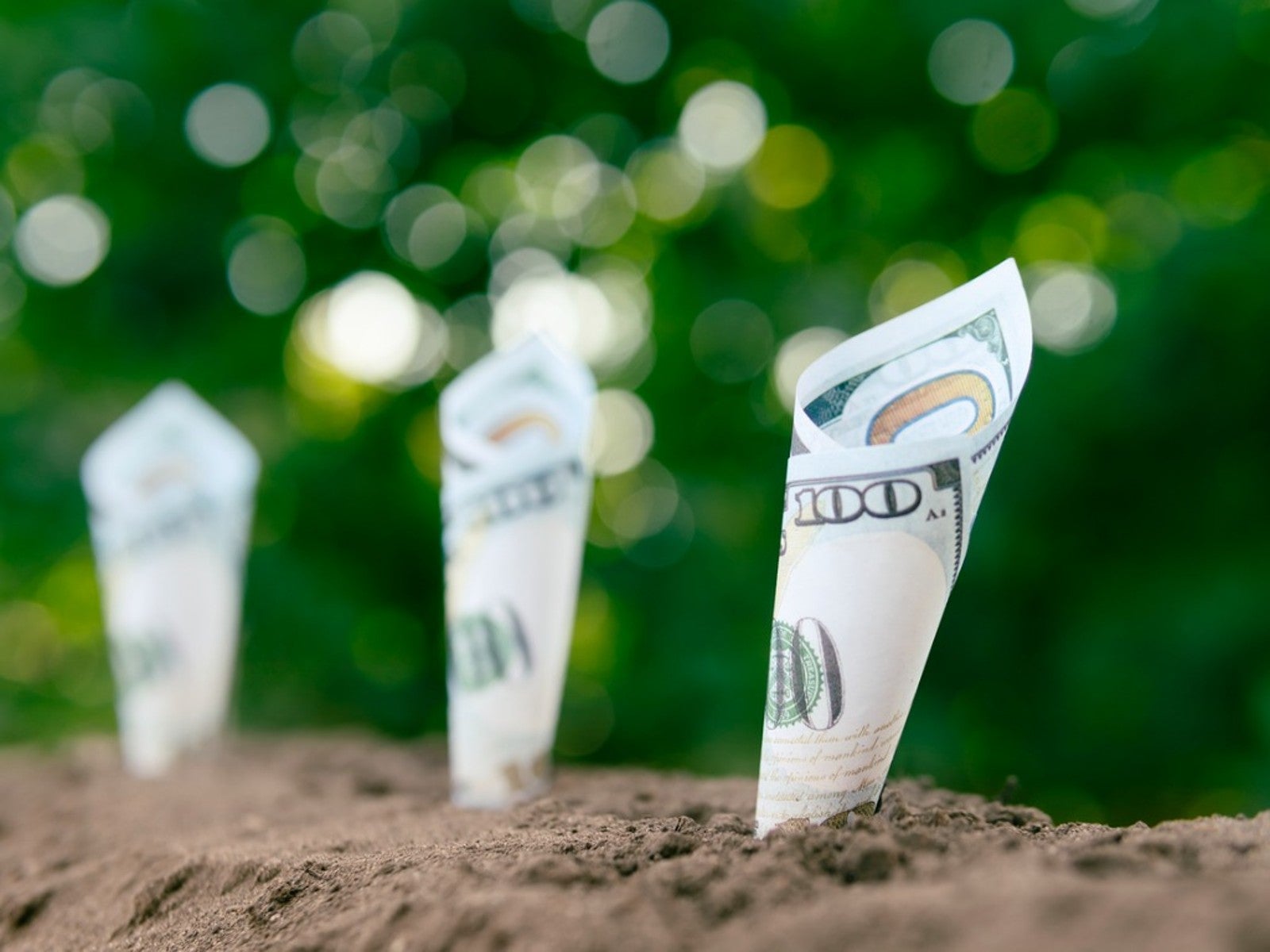The Cost Of Growing Your Own Vegetables


Victory gardens were a common item during the big wars, but have made a resurgence since Covid. Growing food reduces the need to go out and shop, but it also provides organic produce. It is also cost effective. But how much does a vegetable garden cost to start and maintain? The cost of starting a vegetable garden will depend on how good your soil’s health is and how fancy you want to make it. Raised or bordered beds may be more expensive than in-ground planting, but the costs may be offset over time.
In a health context, growing vegetables oneself makes sense, but what is the cost for vegetable garden seeds, starts, soil, and more? A vegetable garden cost varies with your methods, variety of plants, and setup. But with inflation and supply chain shortages, the minimal cost may just be worth it in the long run.
Starting a Vegetable Garden
Gardeners can grow vegetables in containers or in the ground. If you are in a small space, initially you do have some outlay for pots and soil. Larger spaces will still need some soil amendment. These can be purchased items like steer manure or compost, or your own compost, leaf litter, and other organic amendments found on the property. Configuration of the garden may be free or can cost some money. For instance, if you wish to build raised beds they can be made from purchased treated wood, or DIY your own from found pallets, stones, bricks, or concrete block. It really just depends on how fancy you want the space.
Seed Selection and Cost Effective Vegetables to Grow
Starting plants from seed is cheaper than buying starts at a nursery. Your selection of seed will affect the cost of the vegetable garden. Basic seeds are not very expensive, but if you want heirloom or hybrid plants, the costs will go up quite a bit. Organic seed will also run more than basic seed varieties.
If you need to go super inexpensive, save seeds annually and join a seed exchange. You can still get the types of vegetables you desire, but they will be a fraction of the cost.
Buying starts is often a faster way to jumpstart the harvest unless you have access to a heated greenhouse. But you can start many vegetables yourself 8-10 weeks before the date of the last frost.
Fertilizer, Pest, and Weed Control Costs
Again, these will be dependent upon several factors. Synthetic preparations are more costly than DIY potions. Recent events have seen the costs of fertilizer spike, but savvy gardeners can amend their own soil with homemade compost and other improvements. Adding organic material like kitchen scraps boosts soil fertility and plant health, and is cost free.
Sign up for the Gardening Know How newsletter today and receive a free copy of our e-book "How to Grow Delicious Tomatoes".
Pest and weed control products run the gamut on expense, but alternatives to sprays, such as diatomaceous earth and horticultural grade vinegar, are penny wise. Although there will be some monetary outlay for a vegetable garden, the returns in food to the table and pleasure in growing likely outweigh any expense.

Bonnie Grant is a professional landscaper with a Certification in Urban Gardening. She has been gardening and writing for 15 years. A former professional chef, she has a passion for edible landscaping.